The theme for the night was Carménère
Once again I was fortunate to be invited to fill in a spot with a tasting group that has been running for thirty-eight years. The theme for the night was Carménère. Carménère is a very interesting varietal. It all but disappeared in France after the Phylloxera outbreak in the 1860’s. Recently, it was discovered to be hiding out in Chile, disguised as Merlot. We can thank the Chileans for recognizing what this grape has to offer and bringing it to everyone’s attention.
The wines ranged from 2005 – 2013 in age and came from four countries/regions, Chile, BC, New Zealand and Washington. All the wines were very similar in colour – garnet red with deep intensity – and while there was a certain common thread running through all of them, there were also very noticeable differences. All the wines were very close in terms of quality, from good to very good.
The taster, a starter wine to enjoy as we waited for the others to arrive, was a 2009 Arboleda, Valle de Colchagua, Chile. This wine at $20 was very enjoyable with red and black fruit on the nose along with notes of chocolate and spice. Well balanced with smooth ripe tannins.
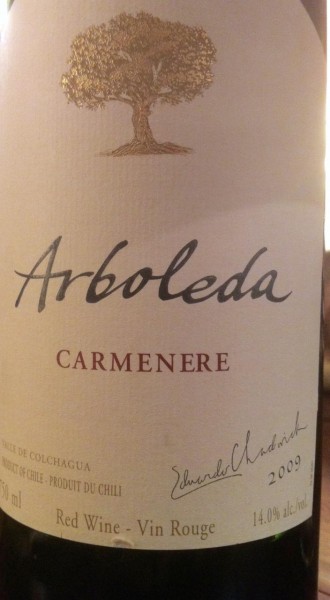
First in the blind flight (all bottles were wrapped in brown paper), was another Chilean wine from the same year – 2009 Errazuriz, Single Vineyard from the Valle de Aconcagua, $23. Not quite as enjoyable as the taster. Red fruit and currants on the nose and palate.
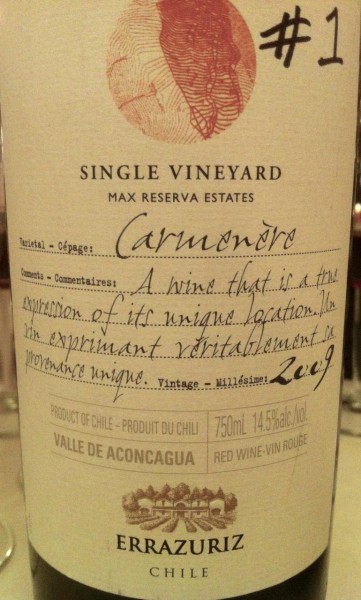
Next, a younger cousin of the previous wine. 2010 Errazuriz, Estate Reserva, again from the Valle de Aconcagua. No price on this wine. Earth, red fruit, bramble and a note of grassiness were noticeable on this wine. Soft ripe tannins.
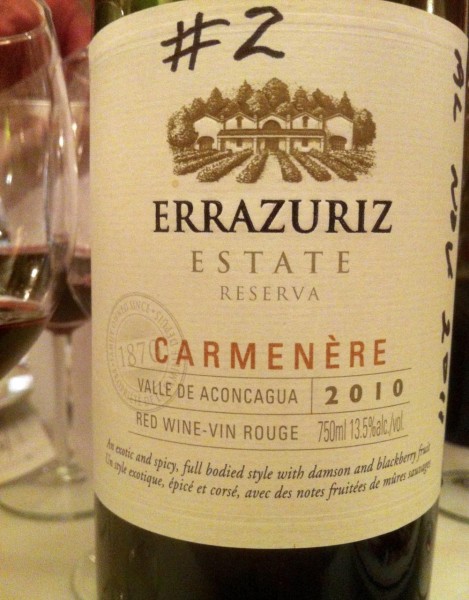
The third wine was made by Wayne Meadows, our host. The grapes came from Kiona Vineyards in Washington. This was one of the better wines of the night with rich layers of red berries, vanilla and spice.
Next, a 2008 Ransome Wines from Matakana, New Zealand, $30. I was surprised when I found out what this wine was. I would have expected something better. As it was, this wine had floral aromas with black pepper, but the flavours did not follow the nose and the finish was shorter than the others.
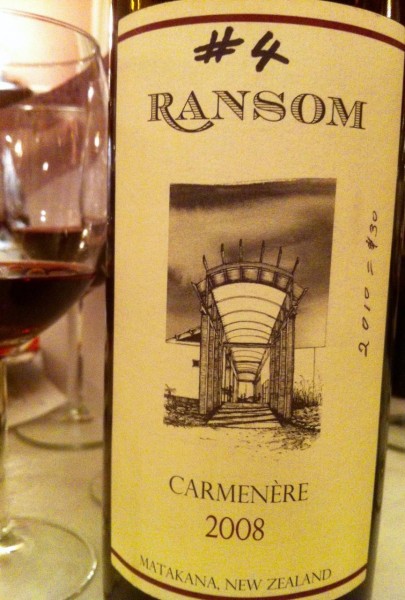
Fifth in line turned out to be a wine, few people have tasted, since it will not be released until the fall of 2016. Fortunately, smooth talking Wayne was able to convince the winery to send him a barrel sample. This should provide a hint that this wine wasn’t from somewhere halfway around the world. Indeed, the wine was a 2013 Lariana from Osoyoos, $45. This wine was my favourite of the evening with a well-integrated nose, well balanced, complex on the palate followed by a lingering finish with a touch of smokiness.
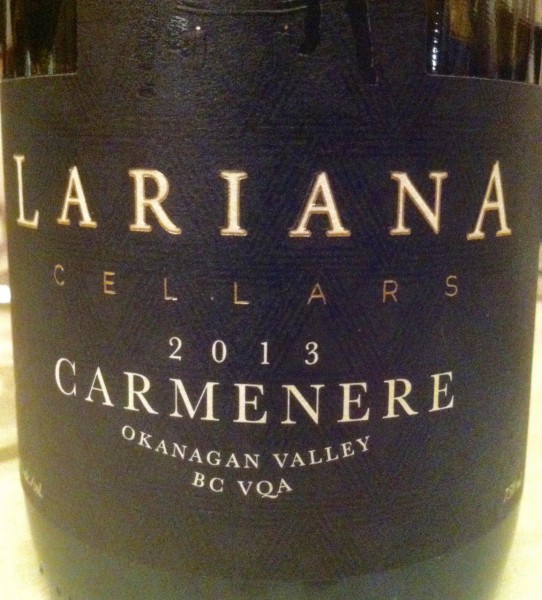
Wine six was another from BC, and there aren’t many BC wineries making this wine. This time it was Moon Curser’s 2012, again from Osoyoos and $38. Very nice with black cherry, currants and black pepper.
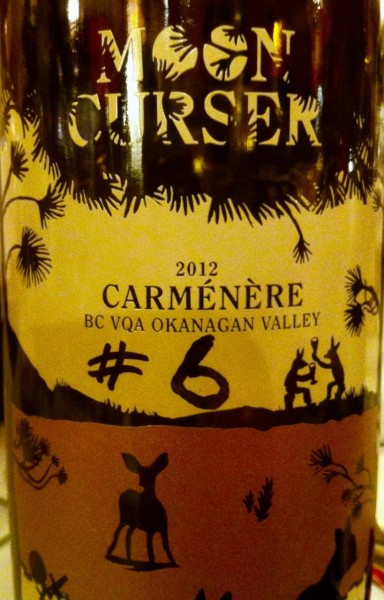
The final three wines turned out to all be from south of the border in Walla Walla, Washington State. Number seven in the series was the oldest one in the flight, a 2005 from Morrison Lane in Walla Walla at $27. Red and black fruit with a note of tar. Well balanced. Very nice.

Wine eight was a $29 bottle from Beresan. Bramble, red berries and vanilla. Firm ripe tannins.
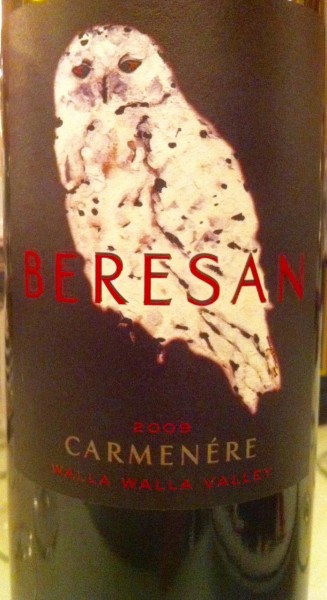
The last wine was from Seven Hills Vineyard and $32. This wine, like the Lariana had a pleasant touch of smokiness to contrast the delicate fruity nose.

I suggest you try this varietal for yourself, either one mentioned here or another one, and see how good it can be. Better yet, try a Carménère and a Merlot from the same region, side by side and make note of the similarities and the differences. Cheers!

